The thrilling, funny and scarcely believable stories behind the amazing photographs from the 2020 Wildlife Photographer of the Year
A tiger enjoying a priceless scratch and an extraordinary glimpse of a volcano in action are among the winners of the 56th Wildlife Photographer of the Year competition.
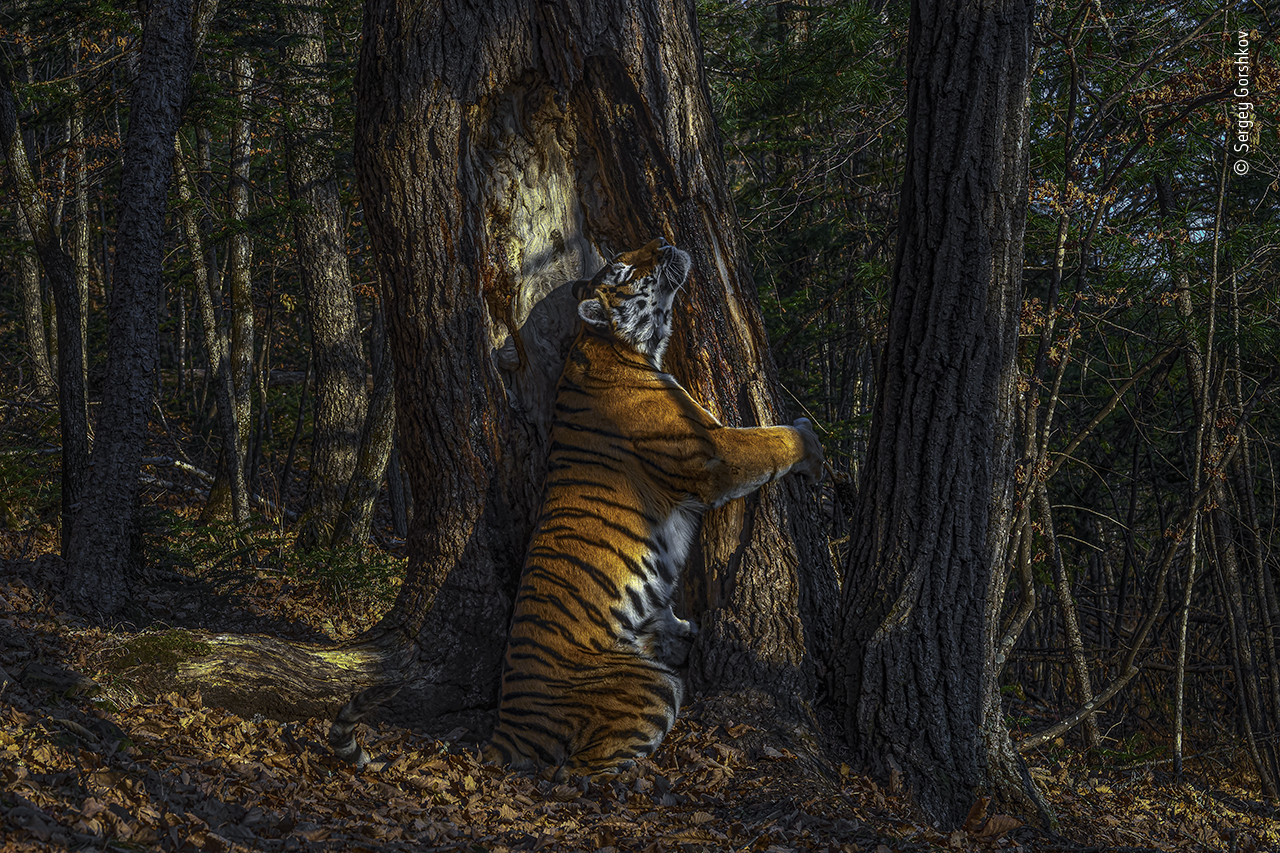
Each year, the Natural History Museum's Wildlife Photographer of the Year competition elicits some truly awe-inspiring images from around the world.
And in its 56th year, the various lockdown conditions imposed around the world don't seem to have made any difference to the quality of the images — and especially in the case of the 56th the overall winner, Sergey Gorshkov. The Russian photographer spent 11 months tracking a female Siberian tiger before capturing this unforgettable image of her in her native habitat.
Below, we tell the story of this and several other of our favourites, with a selection of more pictures below. It truly is a remarkable display of nature.
The photographs on this page represent the very best of the 49,000 entries, and all are on display at the Natural History Museum as of October 16 — along with many more. And if you fancy entering next year's competition, you can do so from Monday 19 October, with entries closing at 11.30am GMT on 10 December.
Overall winner and Animals in their Environment winner: The embrace by Sergey Gorshkov, Russia

This Amur or Siberian tiger was pictured at the Land of the Leopard National Park in the far eastern part of Russia by Sergei Gorshkov. These beautiful creatures roam hundreds of miles so Sergei knew it would be difficult, but he was determined to capture one in its native habitat. He scoured the forest for signs — scent, hairs, urine or scratch marks — before installing his first proper camera trap in January 2019, opposite this grand fir. 11 months later, in November, that got the picture he'd dreamt of.
Young Photographer title winner and 15-17yrs winner: The fox that got the goose by Liina Heikkinen
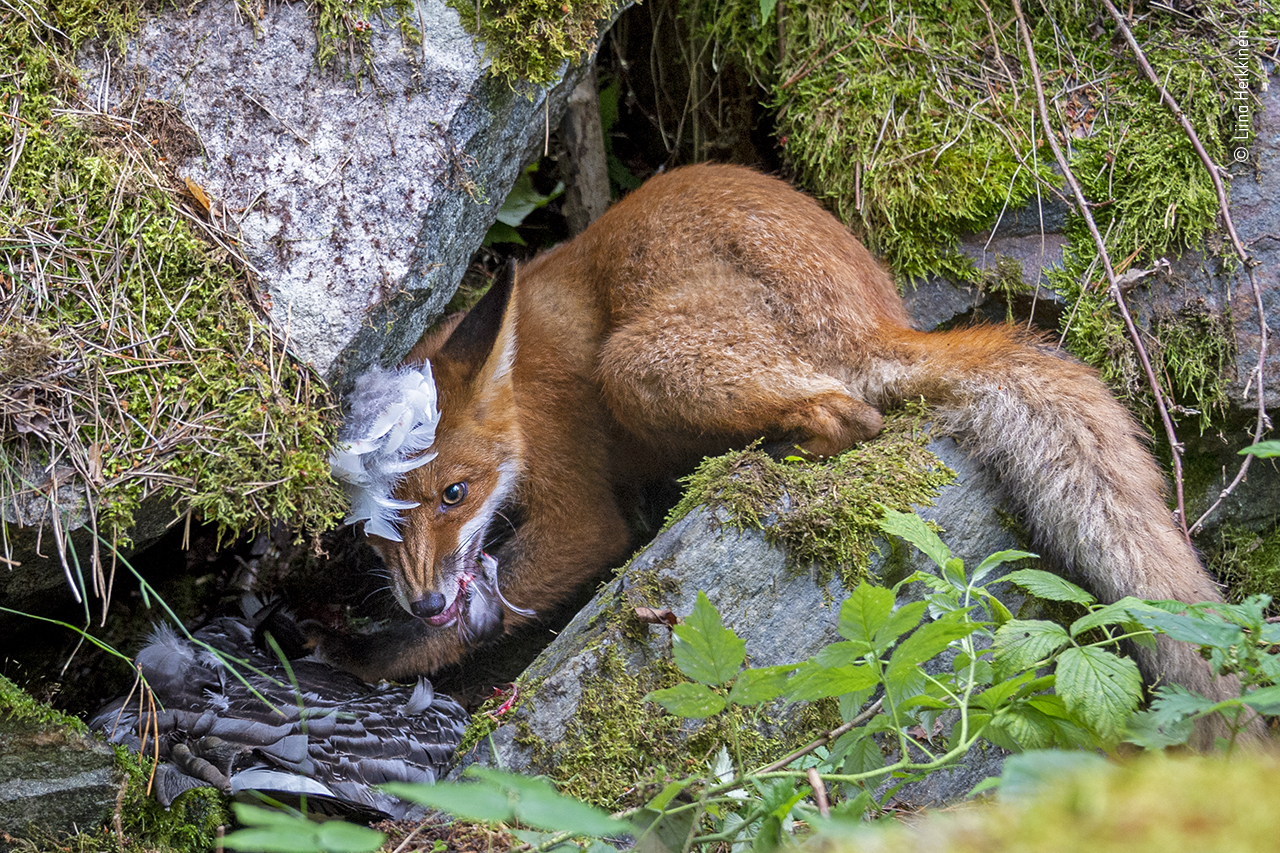
Liina actually captured this picture while she was still just 13 and on holiday with her parents on Lehtisaari Island, near Helsinki. She and her father spent a whole day watching the family of foxes, who were living on the outskirts of the island's city suburbs.
The cubs still needed feeding by the parents, and mostly they brought voles and mice — but at around 7pm the mother vixen arrived with this barnacle goose. A huge fight broke out between the cubs; the eventual winner was so excited that he urinated over his dinner, before dragging it away and into this crevice to eat it away from his yelping siblings.
Exquisite houses, the beauty of Nature, and how to get the most from your life, straight to your inbox.
Animal portraits winner: The pose by Mogens Trolle

The Zen-like calm on display from this probiscis monkey is no freak occurrence: this chap is a regular visitor to the Labuk Bay Proboscis Monkey Sanctuary in Sabah, Borneo, according to Mogens, and he really is 'the most laid-back character' according to the Dane. Mogens has spent five years photographing primates, but has never come across one quite like this. 'It's quite unlike anything I've ever seen on another monkey,' he adds.
Behaviour — Invertebrates winner: A tale of two wasps by Frank Deschandol
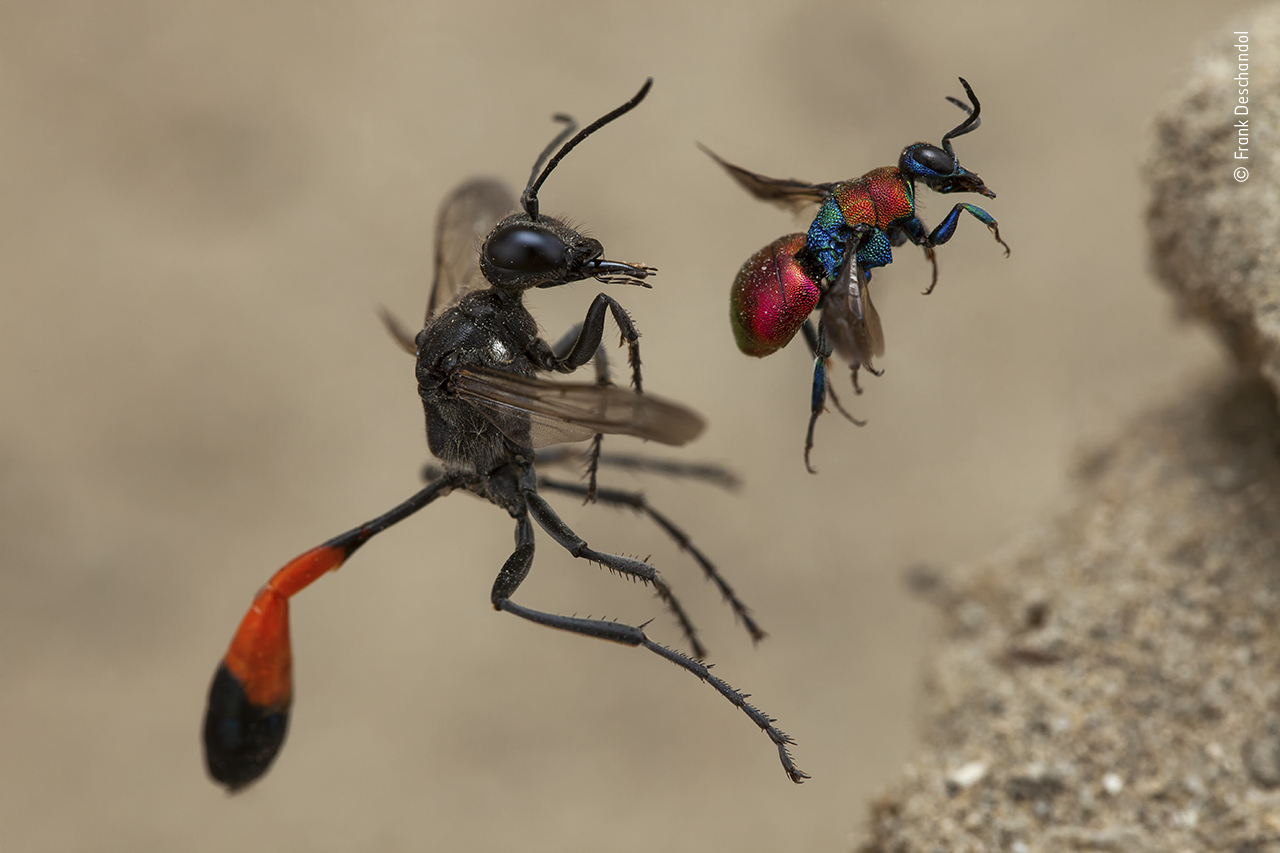
This picture of a red-banded sand wasp (left) and a cuckoo wasp makes both look huge — in fact, they're tiny, with the cuckoo wasp being just 6mm long. Frank prepared long and hard to capture this image of the pair about to enter next-door nest holes near his home in Normandy. A conventional camera shutter would have been too slow to capture the image — instead he set up an infrared beam that, when broken by a wasp, triggered a superfast shutter system he had built using an old computer hard drive. Absolutely ingenious.
Earths Environments winner: Etna's river of fire by Luciano Gaudenzio

'Like an open wound on the rough and wrinkled skin of a huge dinosaur’ is how Italian photographer Luciano Gaudenzio described this gash in the side of Mount Etna that revealed a rushing lava tunnel below. Luciano and several colleagues spent hours on a difficult and risky climb up the mountain, through choking steam and as close as they dared get to an astonishing wall of heat. This vent was freshly opened at the time — he had been in nearby Stromboli when he heard about it, and caught the first ferry across to Sicily. The journey there was only part of the job: he had to wait until the 'blue hour', just after sunset, to get the 'perfect moment' when the flow was contrasted against the gaseous mist on the mountainside, before climbing back down in the gathering gloom.
Our favourites from among the other winners
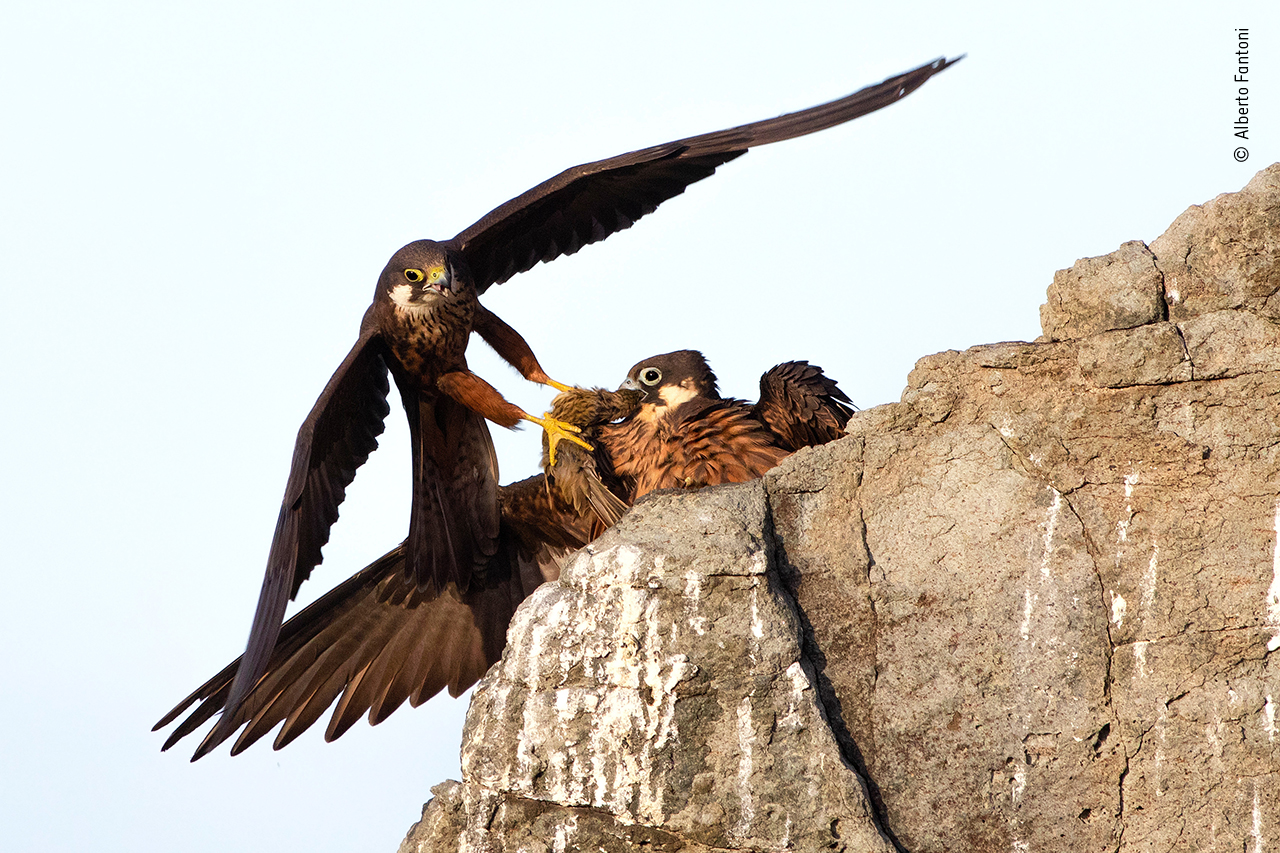
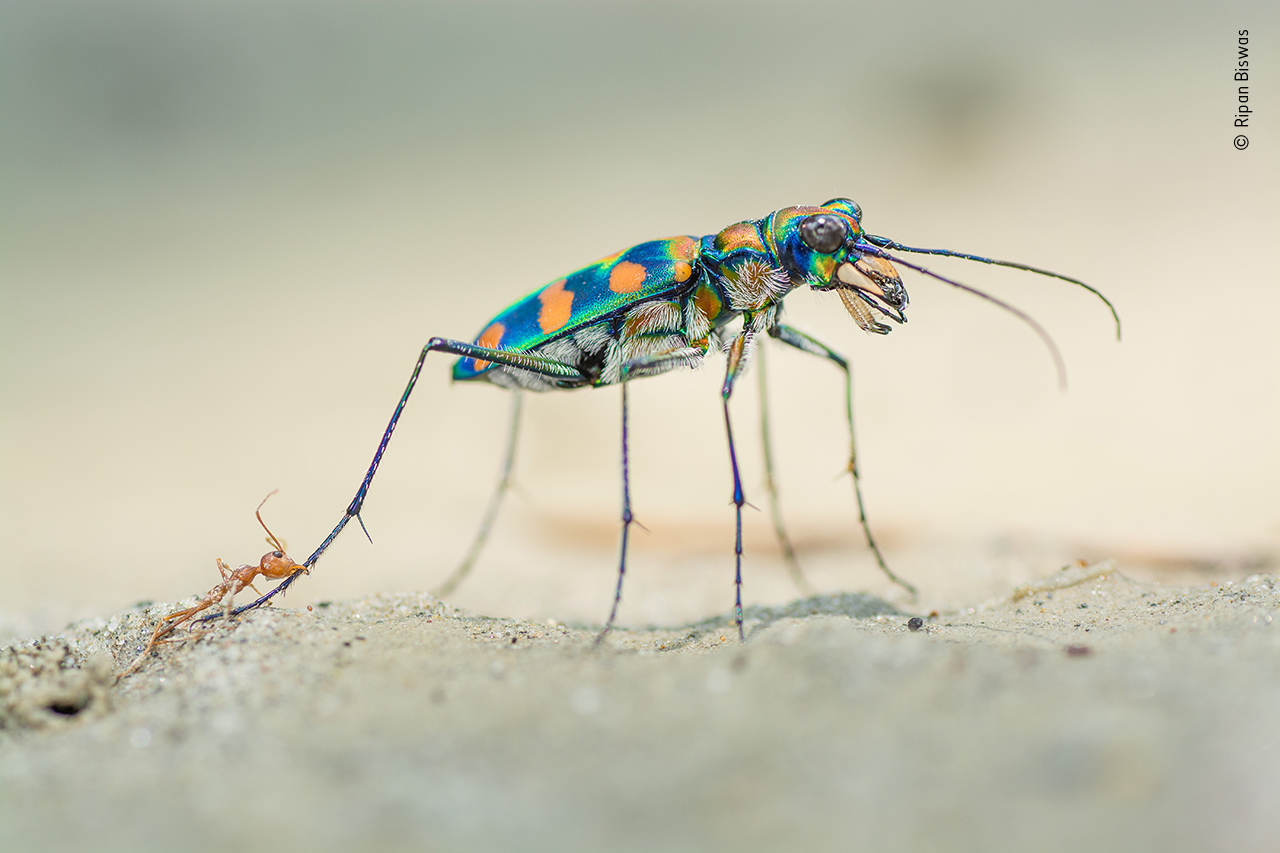
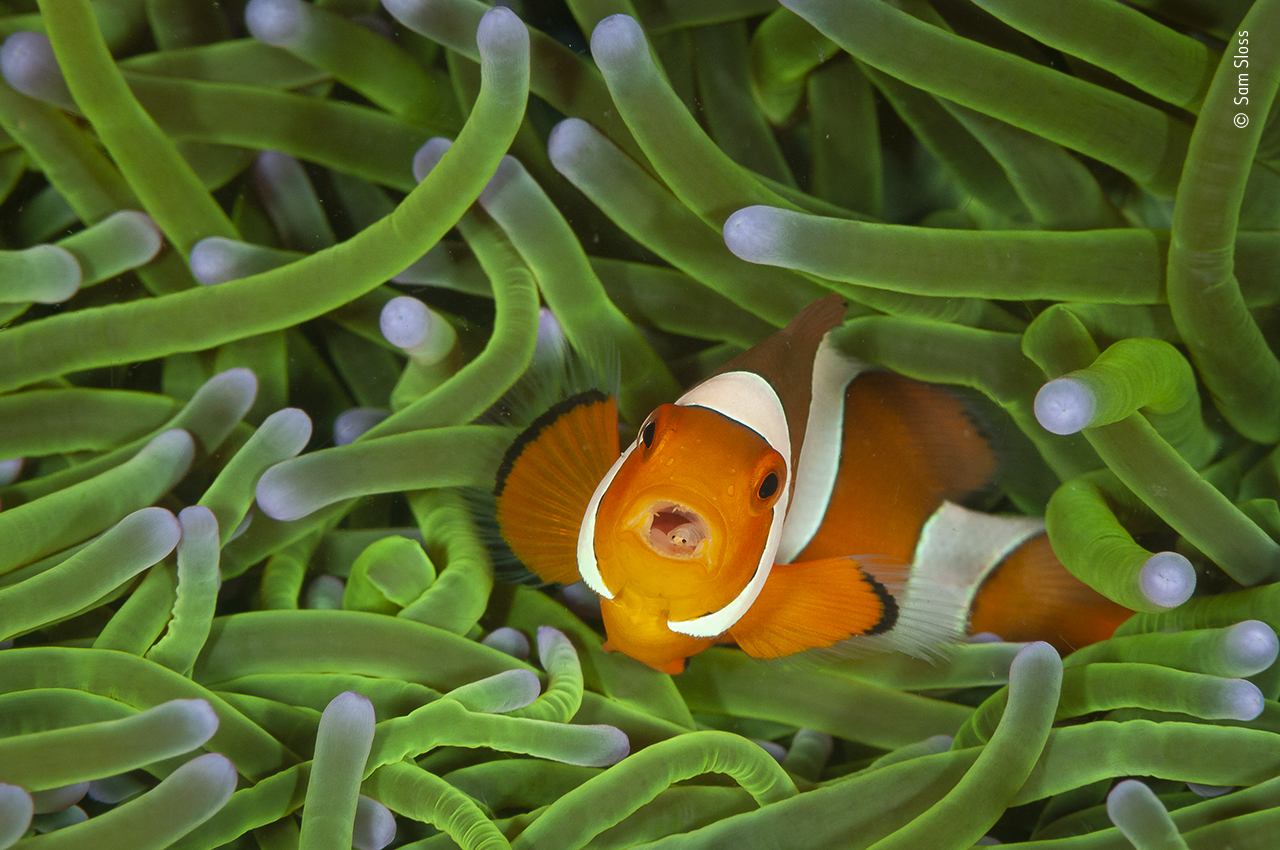
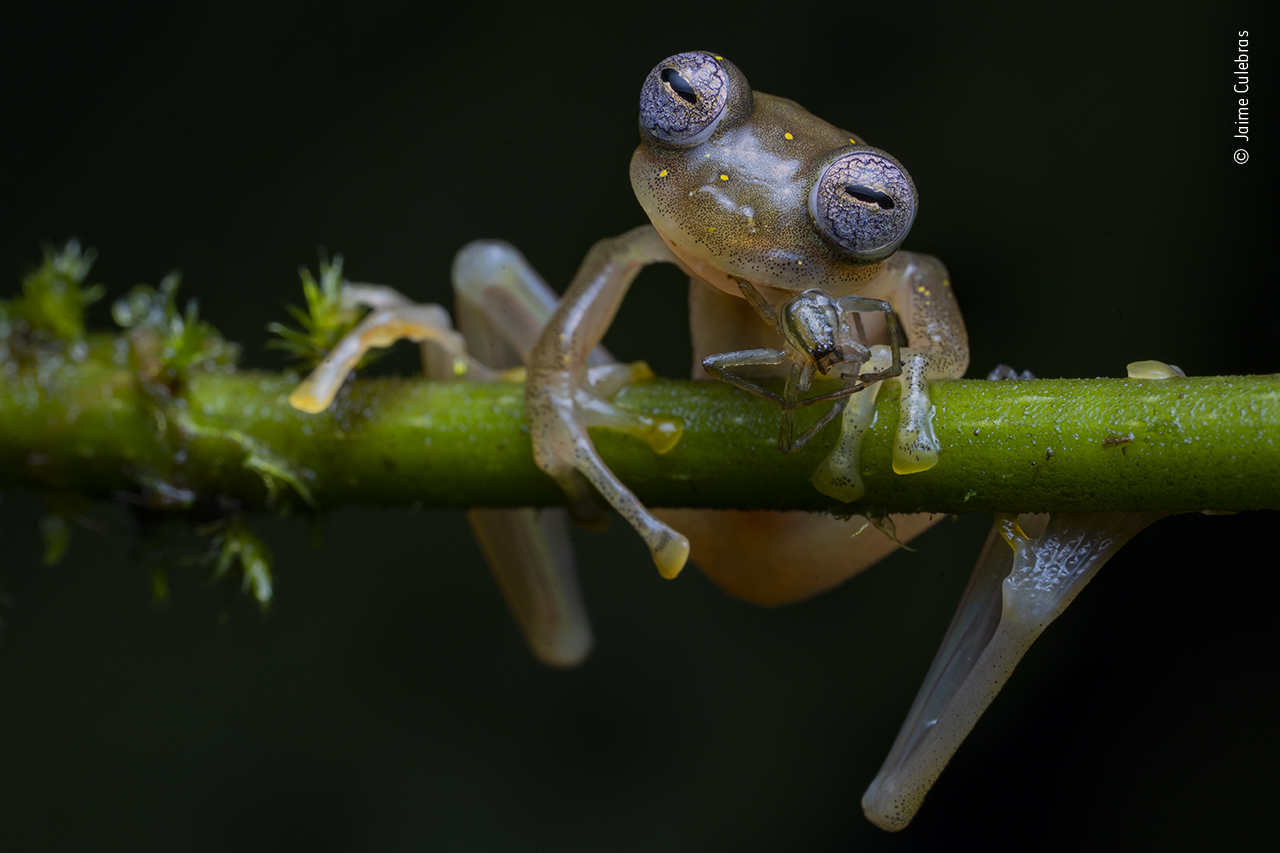
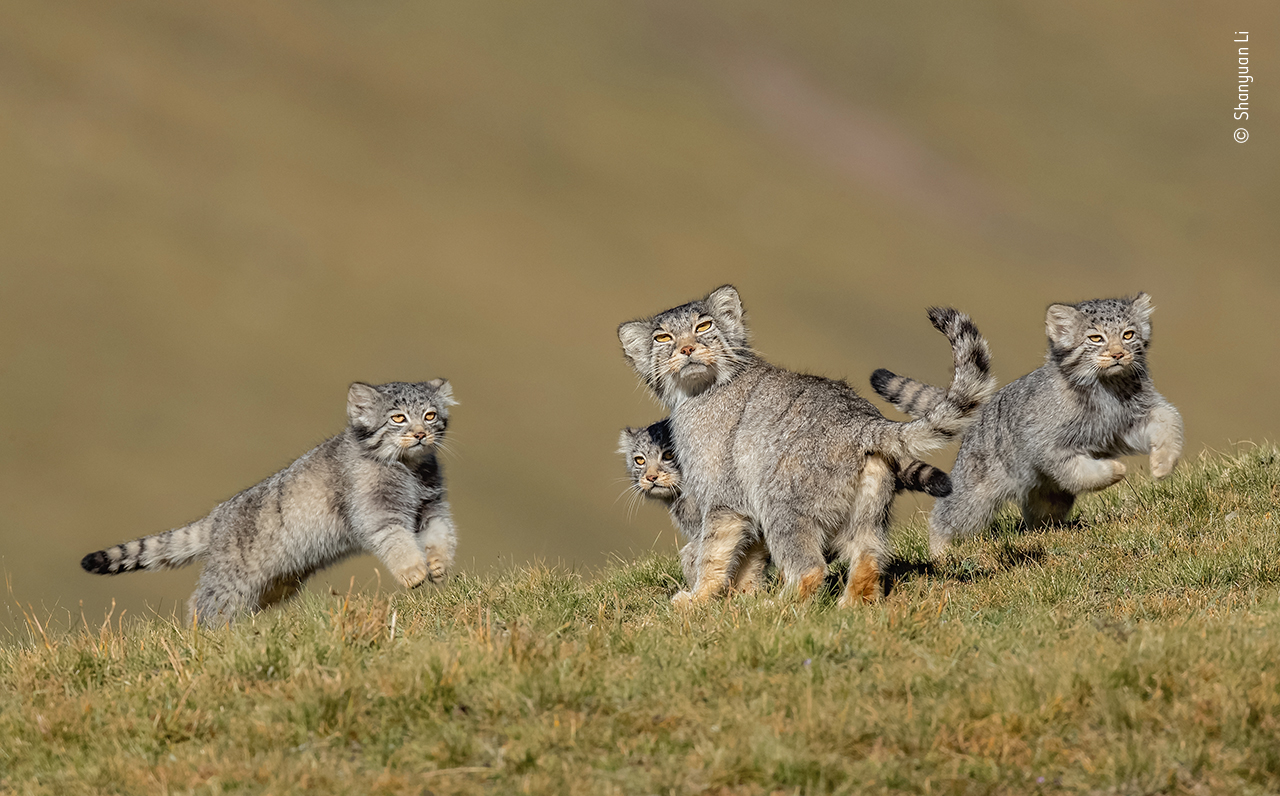

The funny, dramatic and heart-rending stories behind the public's favourite pictures in the Wildlife Photographer of the Year competition
A pair of mice brawling like drunks outside a pub won the people's choice at the Natural History Museum's Wildlife
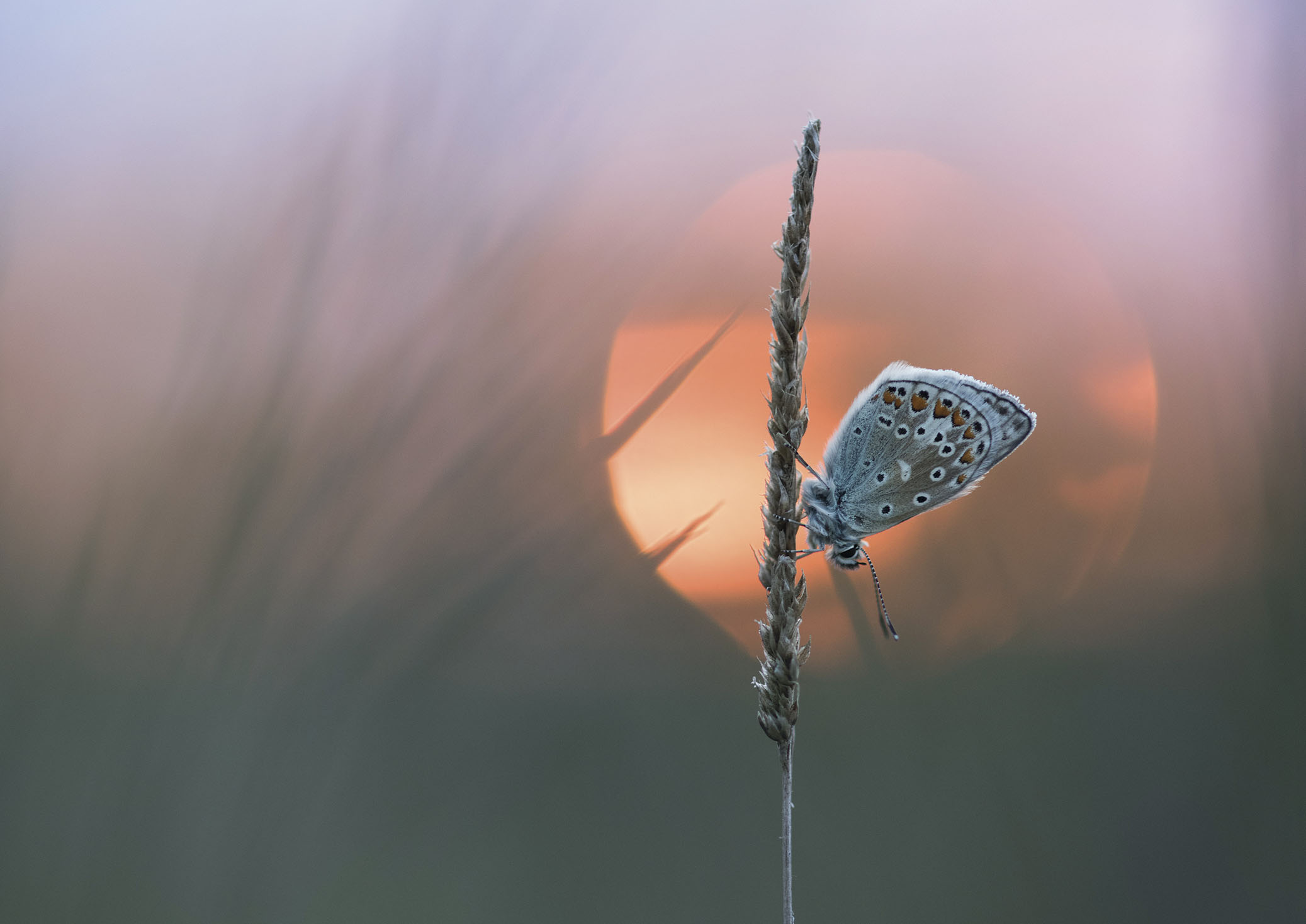
Credit: OPOTY/Anya Burnell
Eight breathtaking photographs from the Outdoor Photographer of the Year award
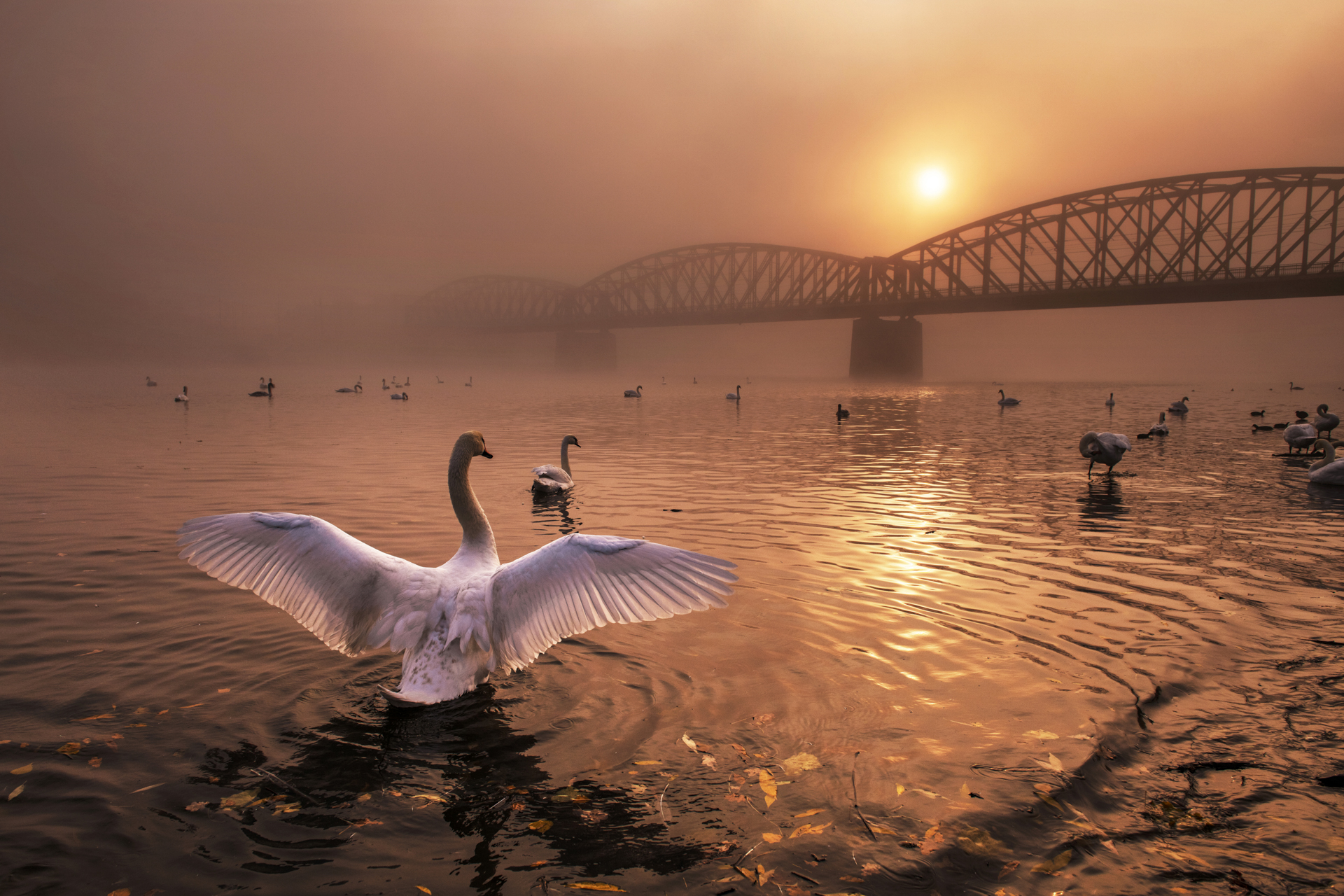
10 superb pictures from Nature Photographer of the Year 2019
A cheeky duck and a majestic arch of the aurora borealis are among the magnificent photographs honoured by the 2019

Credit: Richard Cannon/Country Life Picture Library
Country Life's top 10 nature stories of 2019, from mesmerising photographs to the bird that can screech as loud as a fighter jet
Nature, in all its beauty and ferocity, was celebrated in these unforgettable articles.

16 absolutely stunning images from the 2020 British Photography Awards
Our picture editor Lucy Ford picks out some of the finest from among the 320 shortlisted images entered for the
Toby Keel is Country Life's Digital Director, and has been running the website and social media channels since 2016. A former sports journalist, he writes about property, cars, lifestyle, travel, nature.

